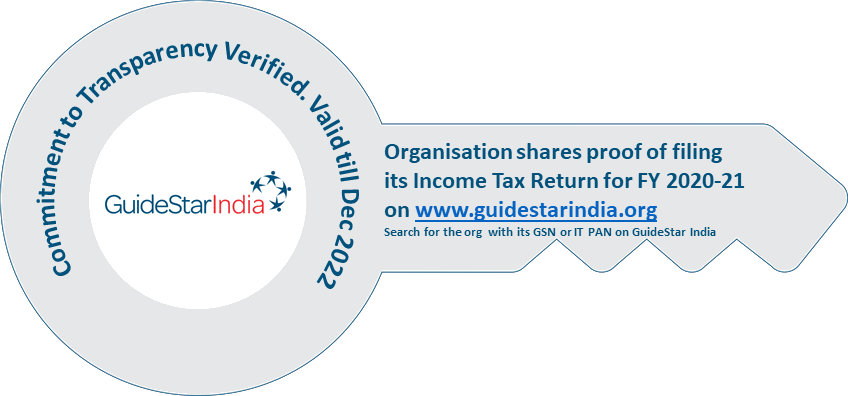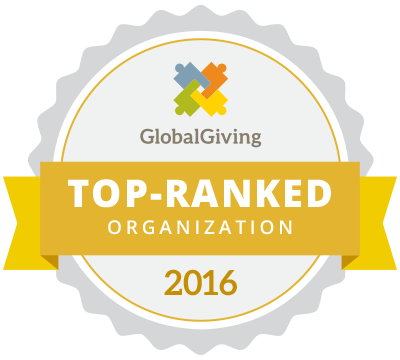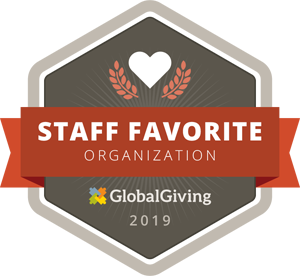There were some very good points that he made, in his enthralling lecture. Here are a few I managed to scribble:
1. He said that people and the government seem to have forgotten that the issues of equality and equal opportunity is a Constitutional Right and not charity.
2. Very rightly, Justice Shah pointed out that the middle class has become a self serving class. He said that him and all others in his generation studied at regular Government schools and studied through college and university on very little fee. And needless to say, they have all done very well for themselves. He also said that it was at school that he learnt lessons in unity and equality and respect because the son of the richest would also be at the Government school, as would the son of a poor labourer. Something, he said has gone wrong in the past 3-4 decades to have rendered Government schools absolutely inefficient. One of the “something” is the shift of middle class family towards private schools that is not affordable to the poorer sections. Thus, while the children are effectively segregated into “classes” right from school, there is also less pressure on Government schools because the accountability is diluted when one segment of society chooses to distance itself entirely from the Government school system.
3. Justice Shah also passionately said that the lives of children has to be more joyful and creative. He stressed on the need for multiple intelligences and multiple learning styles. We need gender-sensitization, lessons in equality and humanity, lessons in working together and with everybody over lessons in cut-throat and “at-any-cost” competitiveness.
4. There is also the important legal debate of the right to a person to receive quality education and the right of an individual to run his/her own business. Here, the education sector requires a careful balance between the two rights that, in the present day are almost conflicting. 25 per cent reservation in private schools, for example will cater to the needs of 5 per cent of the children only.
5. In answer to a question put up by one of the listeners, Justice Shah admitted that the notion of 14 years and the conflict in definitions of children in the various acts (Juvenile Justice Act, Right to Education Act, Prevention and Prohibition of Child Labour Act etc) is a matter requiring immediate attention and redress. He said that the age 14 was set back when the Constitution was being framed. In those days, matriculation was also considered a very strong qualification. Many on board the Constitution Assembly wanted this age to be reduced to 11 years but Dr. Ambedkar spoke strongly in favour of 14 years because he said 11 was the age when children were most susceptible to entering into child labour. However, in the present context he said that there is an urgent need to define children as any person below 18 years of age.
6. Justice Shah called for more investment in the education sector and cited the examples of Japan, China and other countries that had started out as India had, but with strong investment in primary education, they are now leading economically and have more equitable development than India does. He also said that the provisions of RTE for infrastructural requirements for non-government schools is harsh because many schools that are now operating on a small-scale in slums and bastis cannot comply with these infrastructural requirements and must therefore close down, under the provision of the Act. This is not a good thing because here the children from slums get some education as opposed to nothing at all, until (if at all) the provisions of the Act are implemented.
If there was one thing that made this lecture incomplete, it was that the talk was restricted to the legal aspects of education and quality , and did not talk about the operational and implementation part of it. As one of the attendees later commented: schools should not really be the only place to begin inclusion from. It has be at home too, where the child learns about society and develops his/her attitude and perception. Therein lies, possibly the biggest flaw of our system- there is no intra-department and intra-ministry coordination to speak of, especially at field-level work. So the Right to Education, ambitious though it may be at places, is not the mandate of the education department and social welfare department. It is the responsibility of the Health Department, so that while children study they are checked for nutrition and wellness and their parents are sensitized about family planning. It is the responsibility of the Finance Department so that public-welfare schemes provide opportunities to all people to earn and also the will to work, where it does not exist so that children do not have to beg on the streets or go about rag-picking.
Of course the civil society has to stand up and assist the government in its work. But is all of this too big a change to happen? For those seeking comfort in their convenient little bubbles, maybe. For all others, NO.






